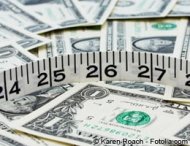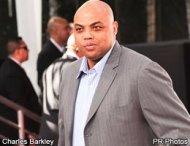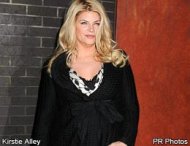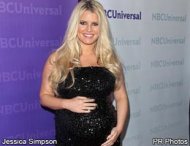NEW YORK (Reuters) - The S&P 500 snapped a five-day string of declines in a broad-based rally on Thursday, as Spain's plans for economic reform eased some worries about one of the euro zone's most troubled countries.
The benchmark S&P 500 rose 1 percent, its biggest percentage gain since the Federal Reserve announced its plan for a third round of stimulus on September 13.
Spain announced a detailed timetable for economic reforms for the fiscally troubled nation and a tough 2013 budget based mostly on spending cuts.
"Any information that gives some understanding about what's going to happen is good for the market. It's small news, but more certainty is good," said Giri Cherukuri, head trader at OakBrook Investments LLC in Lisle, Illinois.
The EU's Economic and Monetary Affairs Commissioner, Olli Rehn, said Spain's detailed timetable for economic reforms goes beyond what the European Commission has asked of Spain. Rehn said it is an ambitious step forward.
Gold stocks ranked among the day's bigger gainers in the wake of Spain's news; the PHLX gold/silver index (^XAU) jumped 3 percent.
Adding to the rally was a last-minute push by investors to reposition portfolios ahead of the quarter's end, with the S&P 500 on track for a gain of 6.2 percent in the third quarter. Friday will be the quarter's last trading day.
"What we've seen is broadly a consolidation, but also an attempt by fund managers to position properly for the rest of the year, to be in the best sectors," said Bruce Zaro, chief technical strategist at Delta Global Asset Management in Boston.
The Dow Jones industrial average (^DJI) shot up 72.46 points, or 0.54 percent, to 13,485.97 at the close. The Standard & Poor's 500 Index (^GSPC) rose 13.83 points, or 0.96 percent, to finish at 1,447.15. The Nasdaq Composite Index (^IXIC) gained 42.90 points, or 1.39 percent, to close at 3,136.60.
While the Nasdaq led Thursday's gains, it also led the market's declines earlier this week - its volatility possibly reflecting investors' nervousness about the U.S. economic outlook, analysts said.
Apple (AAPL), up 2.4 percent at $681.32, gave the biggest lift to the Nasdaq. The semiconductor index (.SOX) gained 2.3 percent, bolstering the Nasdaq 100 (.NDX). Intel Corp (INTC.O) was up 1.9 percent at $23.09.
After the bell, U.S.-listed shares of Research In Motion (RIMM) surged 15 percent to $8.21 after the Canadian maker of the BlackBerry reported a smaller-than-expected quarterly loss.
On the deal-making front, Tempur-Pedic International Inc (TPX) agreed to buy rival mattress maker Sealy Corp (ZZ) for about $242 million and assume about $750 million in debt. Tempur-Pedic shares jumped 14.4 percent to $30.64, while Sealy's stock rose 2.3 percent to $2.19.
In the earnings realm, Discover Financial Services (DFS.N) reported third-quarter earnings that beat expectations - and its shares climbed 7.3 percent to $39.71.
Stocks were rising before Spain's announcement on hopes that China would take steps to spur its slowing economy.
China has severely underestimated this year's global economic slowdown, and further cuts to Chinese interest rates or bank reserve requirements will hinge on any new deterioration in the external environment, a central bank adviser said on Thursday.
U.S. economic data was mixed. A report showed initial jobless claims dropped by 23,000 to 359,000, sharply exceeding the decline of 4,000 that had been expected.
But the final read on second-quarter gross domestic product showed growth of just 1.3 percent, weaker than an expected 1.7 percent. And August durable goods orders tumbled 13.2 percent, much more than the expected drop of 5 percent.
Volume was below average at roughly 5.74 billion shares traded on the New York Stock Exchange, the Nasdaq and the Amex, compared with the year-to-date average daily closing volume of 6.53 billion.
Advancers outnumbered decliners on the NYSE by a ratio of slightly more than 3 to 1,and on the Nasdaq, about three stocks rose for every one that fell.












